Analyzing Change Management at Shell Oil Company: A Case Study
VerifiedAdded on 2023/06/11
|11
|636
|214
Case Study
AI Summary
This case study examines the change management strategies employed by Shell Oil Company, a US-based subsidiary of Royal Dutch Shell. The company, operating in over 70 countries with a large workforce, focuses on exploring, producing, and refining petroleum while striving for a sustainable energy future. Shell's purpose includes enhancing clean energy progress and meeting increasing energy demands through technological advancements. The company's functions range from managing integrated gas to driving research and innovation. Strategies for change involve strengthening its position as a leading company, ensuring safety and social responsibility, and becoming more customer-oriented. Strengths such as technological development and skilled project management aid in this change. The company embraces both internal and external changes, leveraging its past platform and seeking opportunistic prospects. The analysis concludes that Shell employs a programmatic change approach, relying on data for improvement and setting up project teams to address specific problems in a long-term evolving process.
1 out of 11
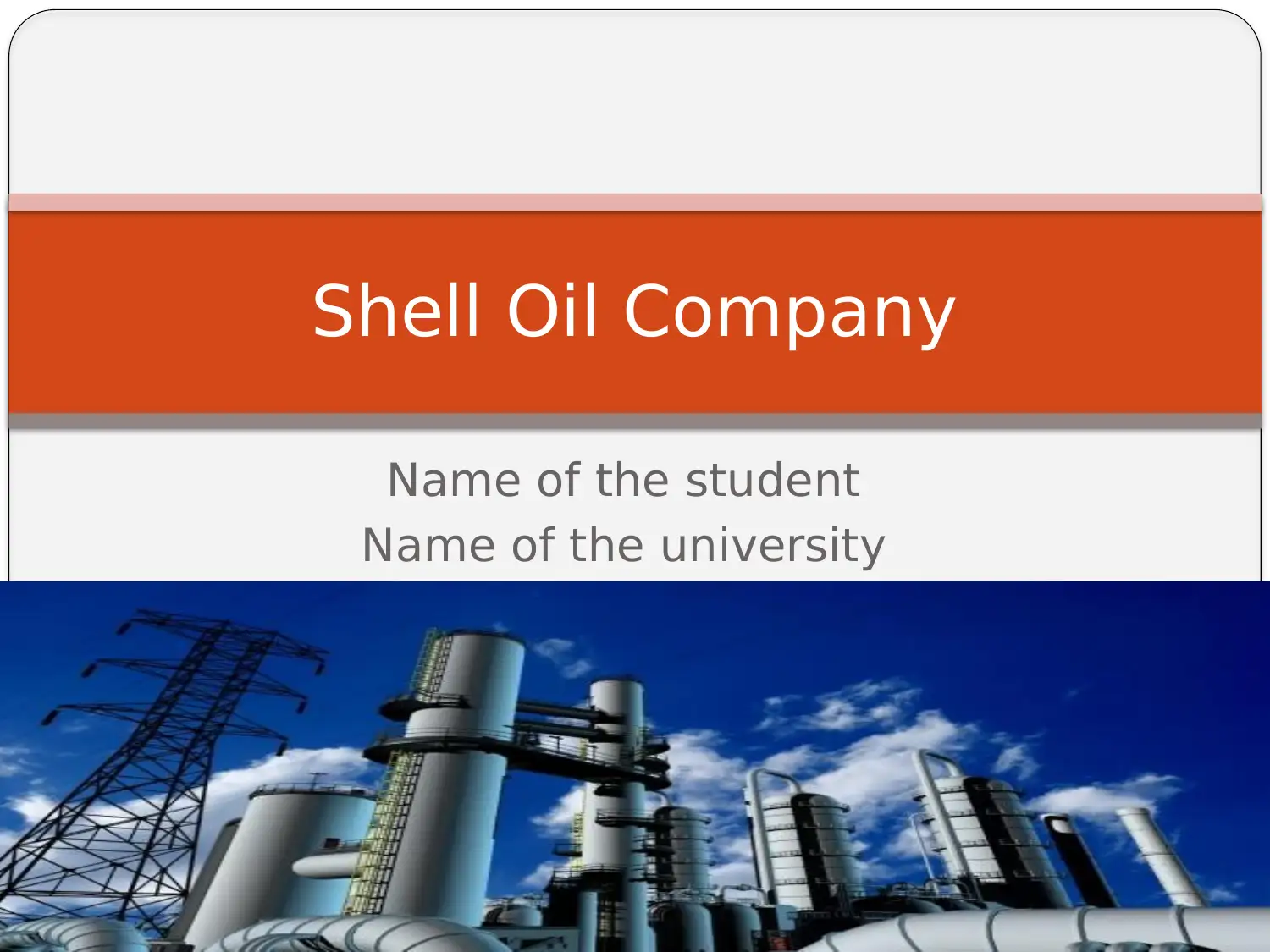
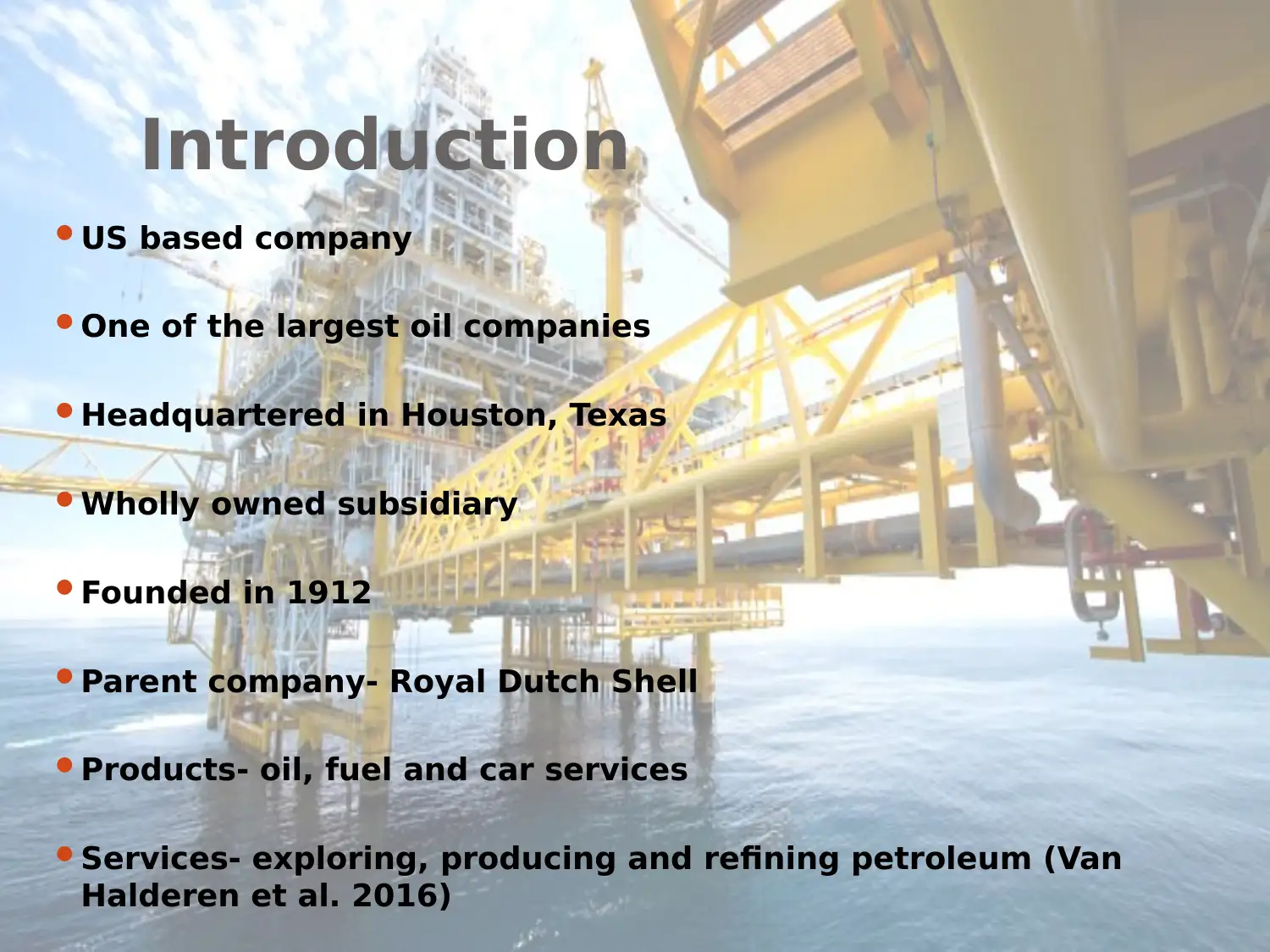
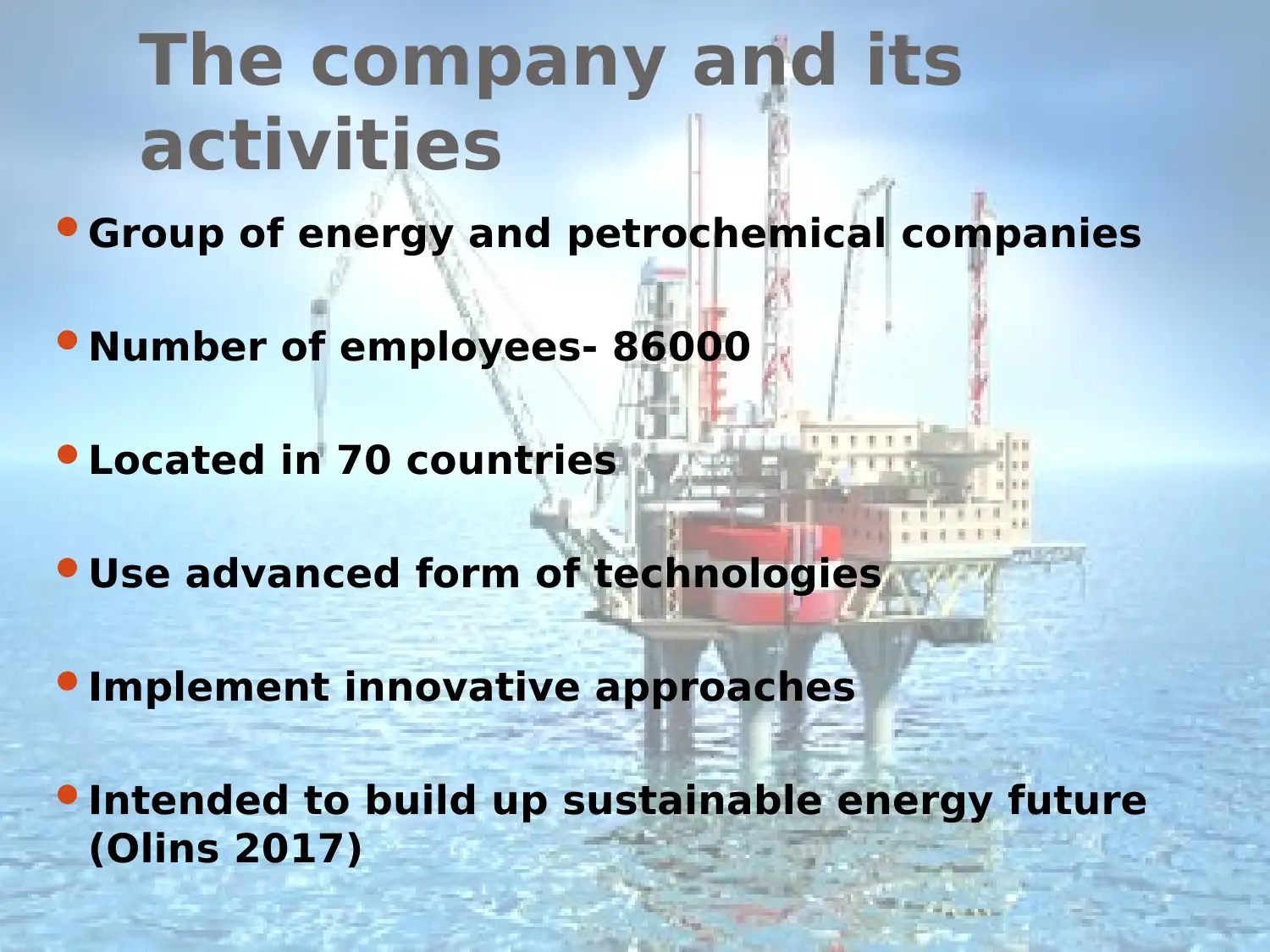

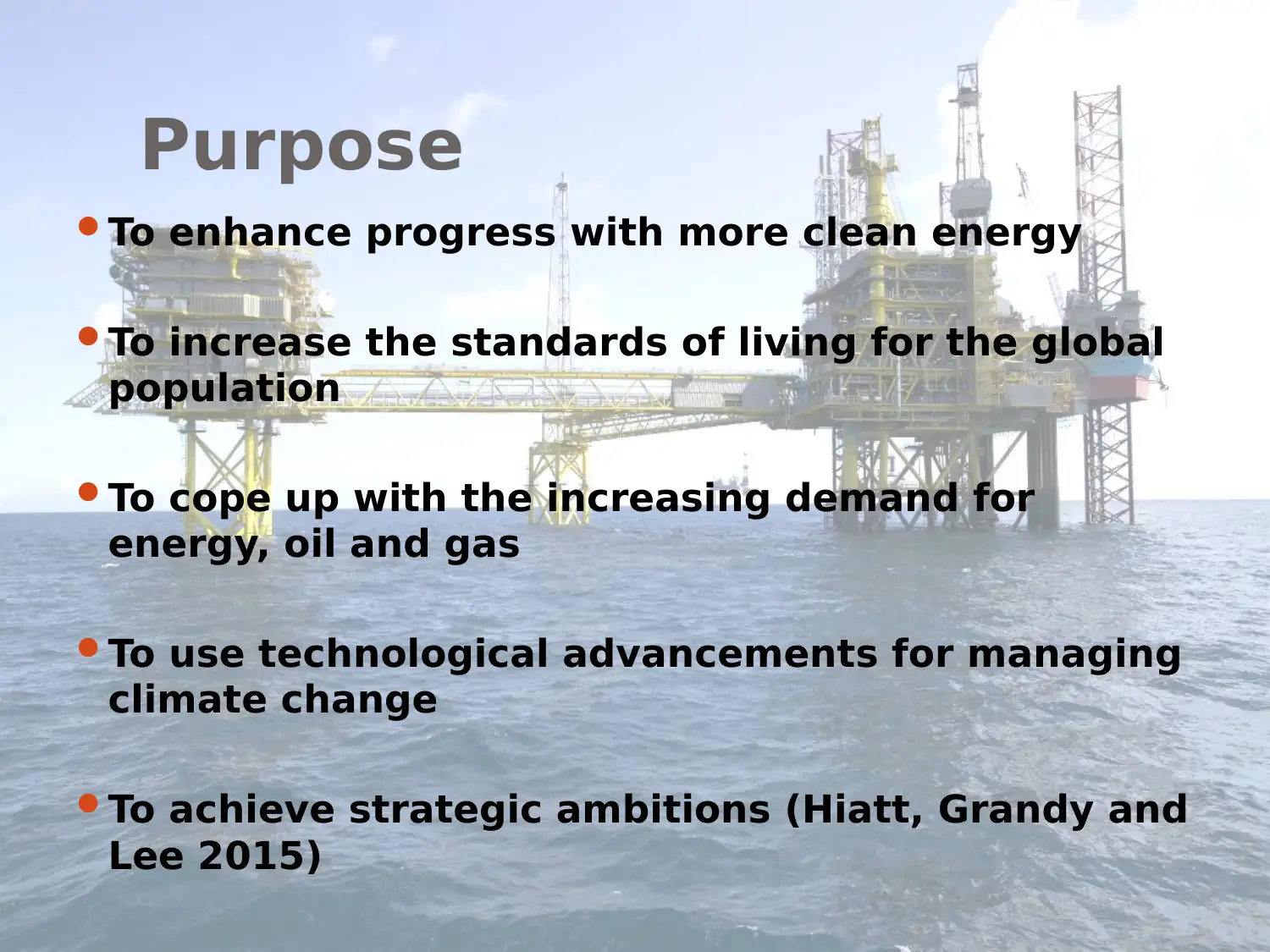
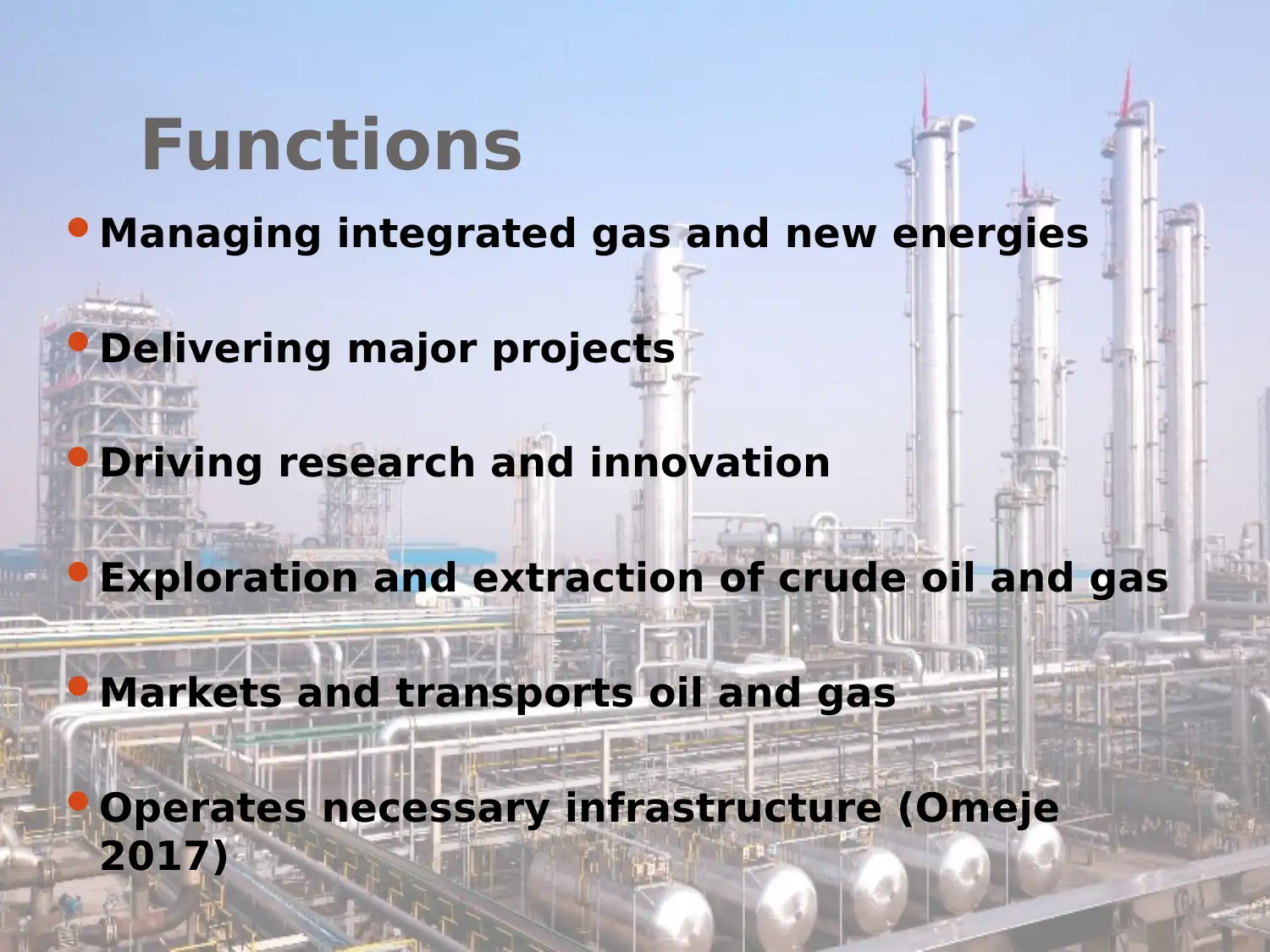
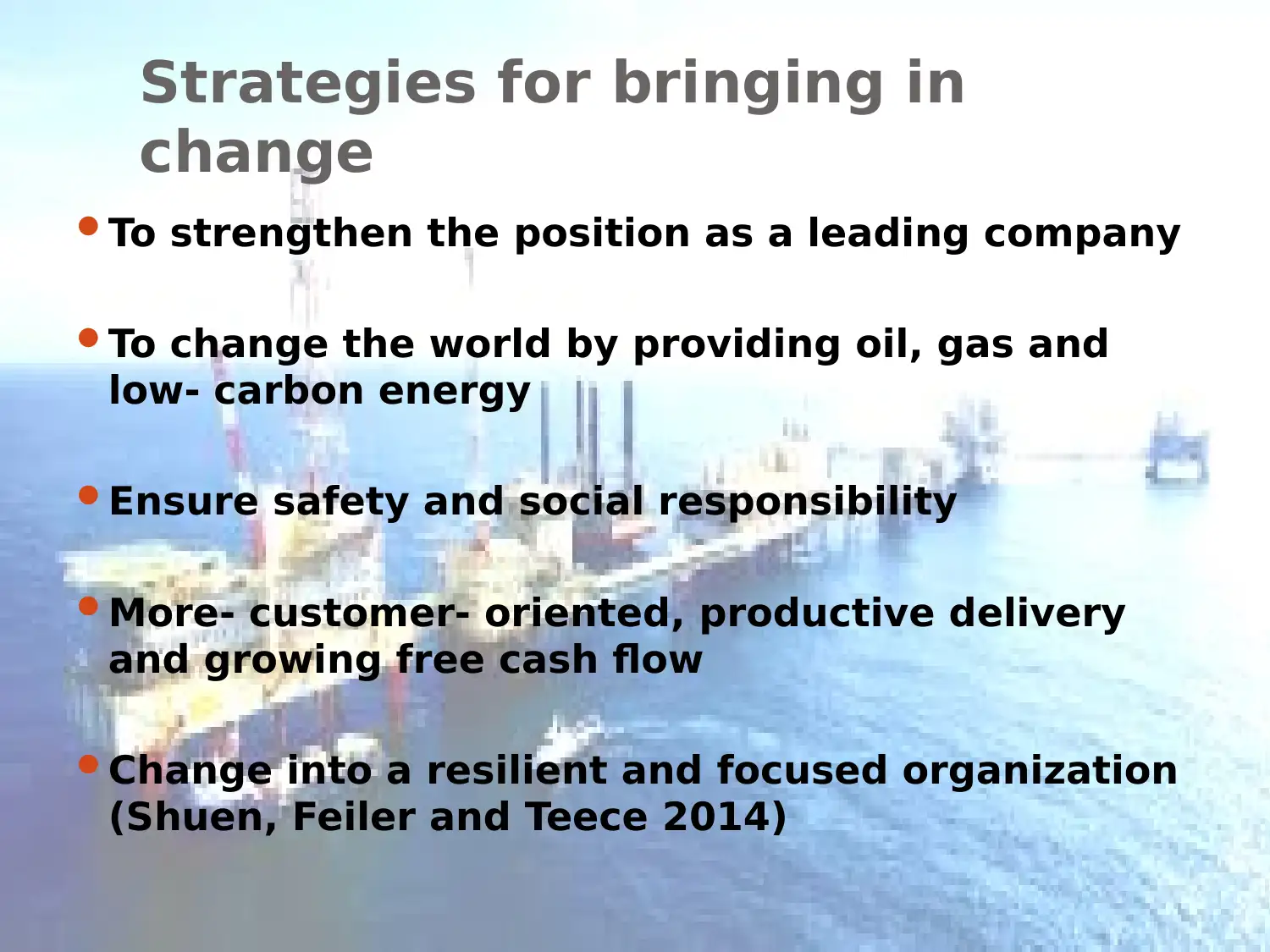
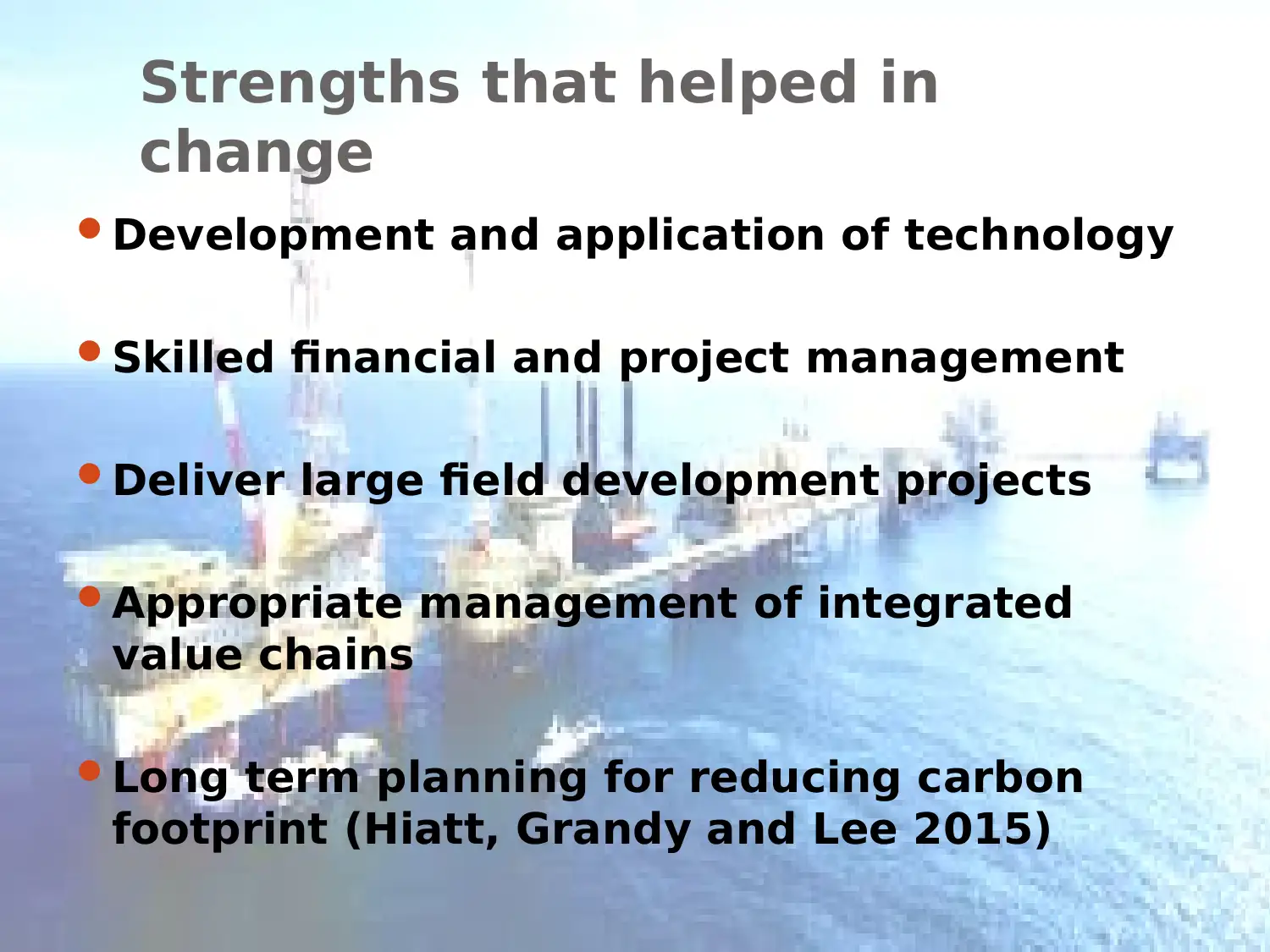
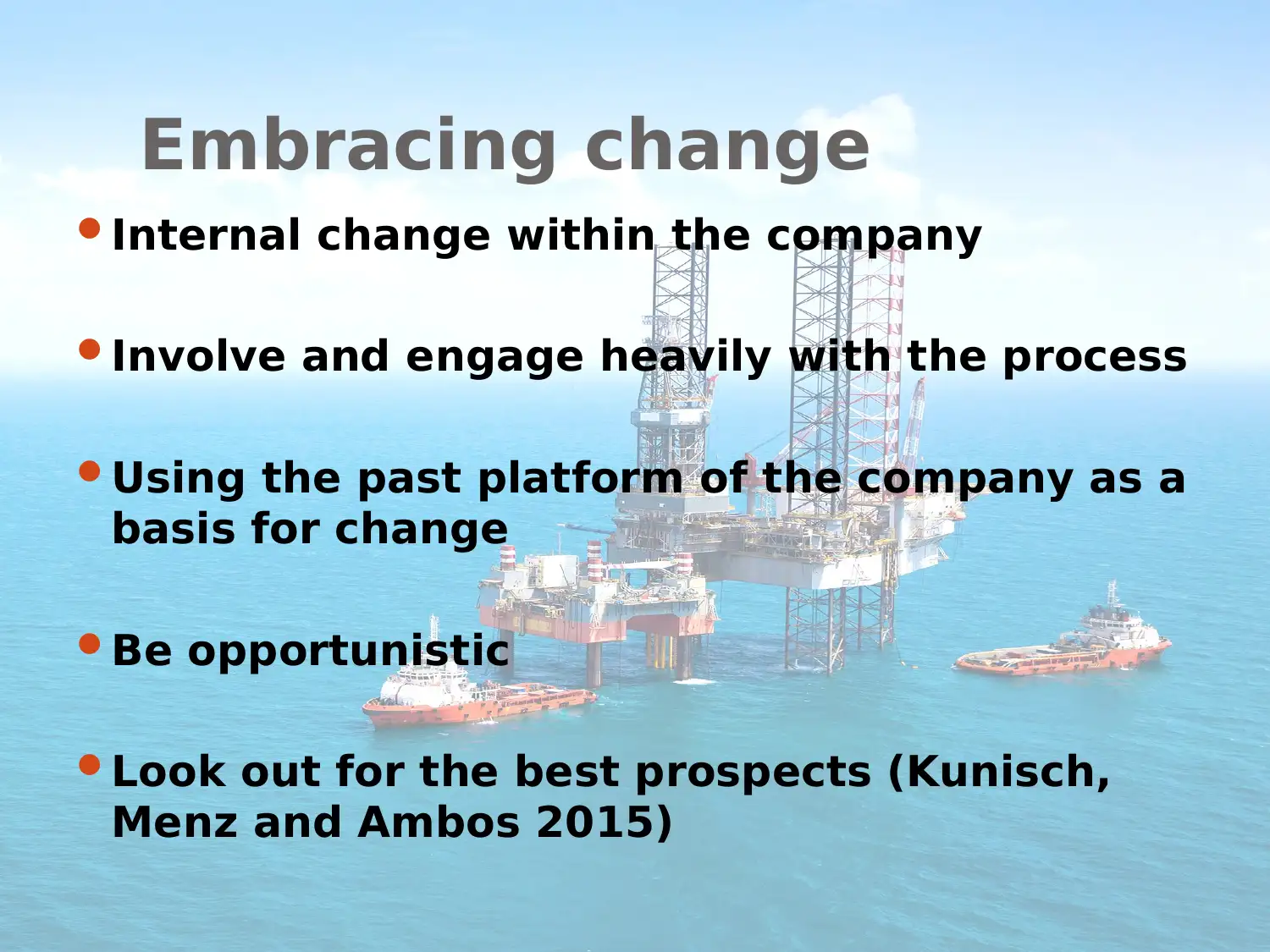
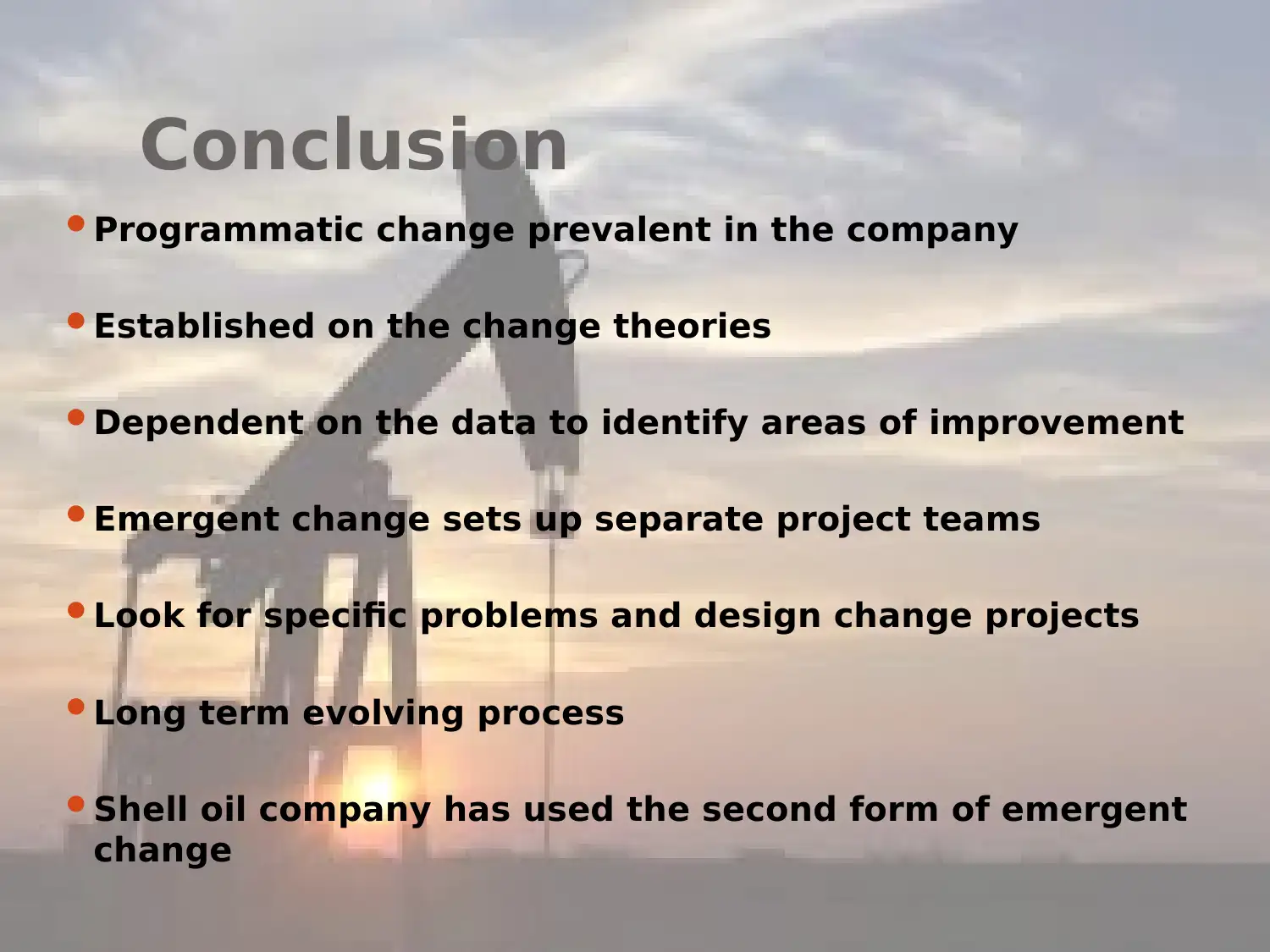
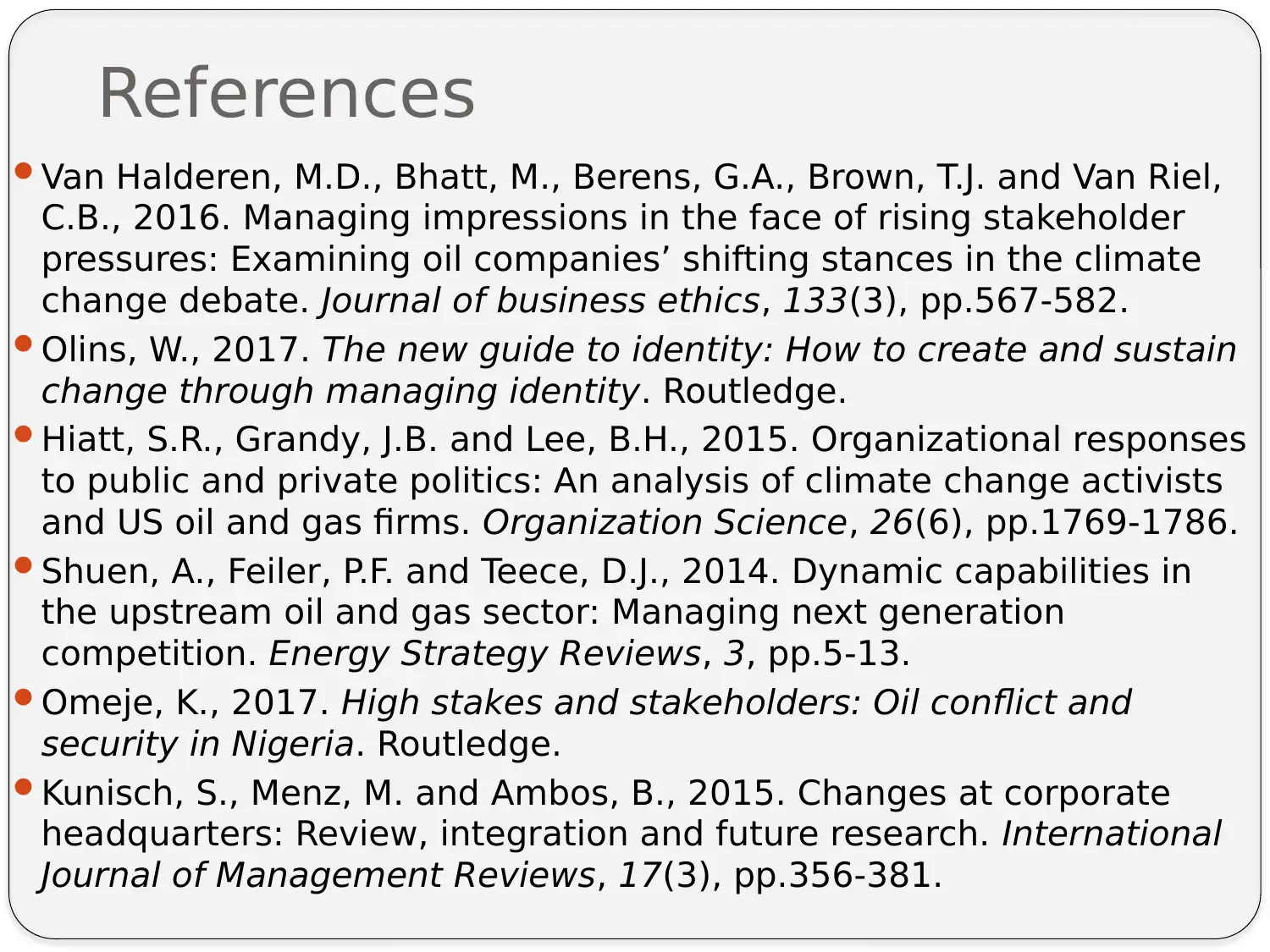







![[object Object]](/_next/static/media/star-bottom.7253800d.svg)